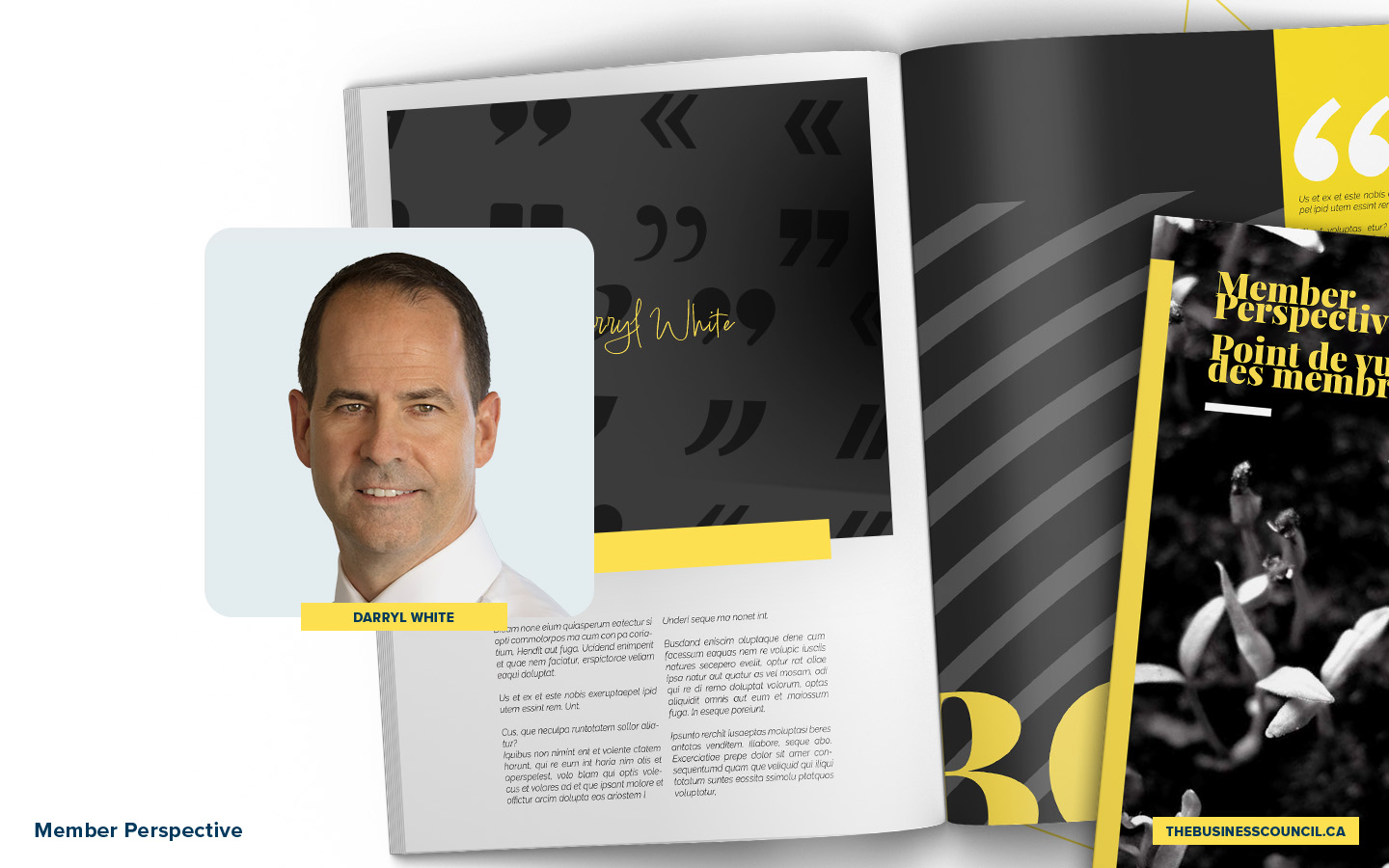Make second-wave support for small business targeted and workable
As published in the Financial Post
After months of warnings, the second wave of COVID-19 has arrived and Canadians are gearing up for another long fight against the virus. One of the biggest lessons we can take from the first wave is that many of Canada’s small businesses cannot win this fight alone.
A combination of economic supports is propping up many of them — from long-established companies to emerging businesses to micro-enterprises with strapped resources. But there is no guarantee they will bounce back without a longer-term bridge strategy.
Some industries have a tougher hand to play than others. Our internal data shows equipment lending was down by 25 per cent in April, year over year, though September’s data saw it up two per cent. Storage and warehousing, largely unfazed by COVID-19 restrictions, was up 10 per cent last month.
Yet, recreational services were still down 30 per cent, and travel down a staggering 83 per cent. Food and beverage services picked up over the summer but were still down 18 per cent, year over year, last month.
The numbers pan out differently by province, too. Personal and household services were hit equally hard in Ontario and New Brunswick in March, but by September, Ontario was still down 19 per cent while New Brunswick was actually up 17 points.
Bank of Montreal has been among those calling for the financial system to show patience, empathy and flexibility to ensure small businesses can continue to access credit and manage their liabilities. Working with government, we also have to be smart in getting support to where it’s needed most.
The federal government has announced important steps by extending the Canadian Emergency Wage Subsidy (CEWS), expanding the Canada Emergency Business Account (CEBA) and improving the Business Credit Availability Program (BCAP). Provinces have stepped up with tax deferrals and commercial rent relief. At unprecedented speed, the banking sector as a whole approved over 760,000 CEBA loans from March through September, representing more than $30 billion in interest-free credit for eligible businesses.
Through our own internal programs, we have helped more than 8,700 small business clients, each on a case-by-case basis, to address their varied needs and concerns — resulting in significant deferred loans and approvals for credit limit increases over the past six months to help free up liquidity and maintain good standing.
Thousands of consumers are keeping faith with local businesses, too, in new ways over new platforms, but perhaps most important are the efforts of Canada’s entrepreneurs themselves: re-imagining, redesigning and rethinking their entire approach. With the pandemic forcing a faster push into the future, transitions to digitization and e-commerce are as essential as maintaining liquidity while cash flow gets pinched. This is a tall order for any small business.
Just as they have had no choice in taking on this challenge, we must be prepared to help more. We’ve identified three key steps to ensure more Canadian entrepreneurs persevere and emerge stronger.
Include small business support in all economic relief programs. It is essential to help businesses stay open so they can bring in customers, retain staff and, as much as possible, not take on more debt. While the payroll and deferred-expense versions of CEBA have reached many small businesses, many others don’t qualify. Any future policy decision should be subjected to a small-business lens to enhance support wherever possible and prevent unintended burdens. Enabling free trade between provinces would also contribute to an attractive environment for small businesses.
Hyper-target support efforts. Help can come in many forms for businesses that need to mitigate health risks, access impacted supply chains or improve flexibility for employees with new demands at home. Some have argued against targeted relief, suggesting it is no one’s job to pick winners. I disagree. The virus, and the economic shutdowns that slowed its march, did not stop to ask if their impacts were being shared equally by everyone on the way down. We all have a responsibility to support the most affected on the way up.
We also need to continue breaking down barriers that were impacting business owners long before the pandemic. The new federal Black Entrepreneurship Program in partnership with the Canadian financial community, ourselves included, is a prime example.
And as we place well-deserved focus on small business needs, it’s important to remember that large businesses in certain sectors, like travel and entertainment, have faced extreme challenges that are solely the result of this once-in-a-century pandemic. They, too, deserve more consideration for targeted relief.
Help women entrepreneurs. The data is clear that women-owned businesses are overrepresented in sectors that have seen the harshest impacts, such as hospitality and professional services. We’ve seen this, too, within our own business — while 24 per cent of our business clients are women, they represent more than 30 per cent of applications for the CEBA.
It is also a fact that women face an overwhelming share of the burden of childcare and elder support. While expansions to sick pay and caregiver relief help, for women entrepreneurs, income stability is wholly dependent on generating business and revenue. The federal government should aggressively continue its push to update its procurement policy to ensure women suppliers are getting every opportunity they can.
The challenges facing Canada’s small businesses are stark, but not insurmountable. These owners represent nearly 98 per cent of Canada’s businesses and accounted for much of the job gains prior to the pandemic.
Keeping them running is the right thing for the whole country’s bottom line.







